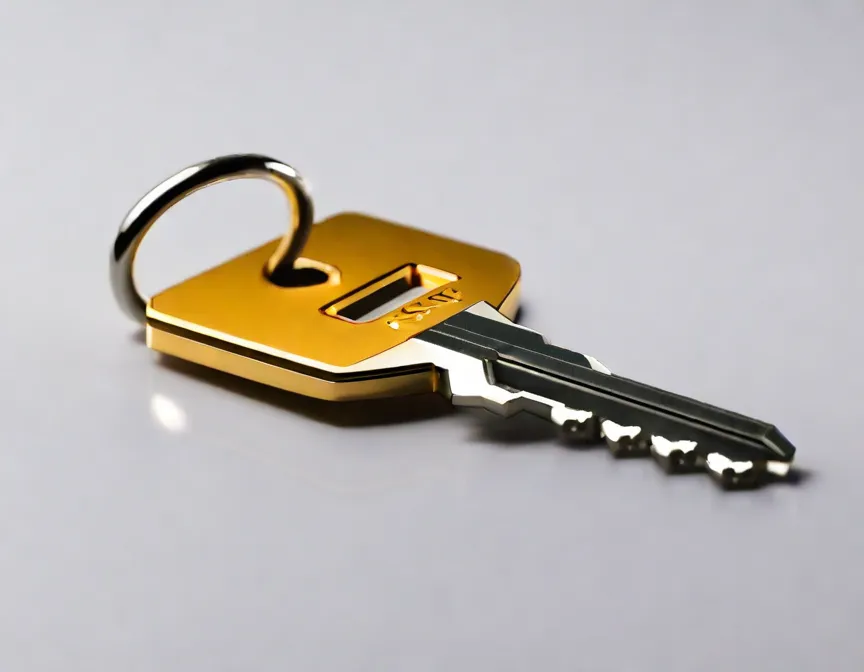Crypto Transactions: Public and Private Keys
Understanding how public and private keys work can empower you to take specific actions to enhance your online security.

Securing Your Online Activities with Public and Private Keys
Securing your online activities is essential for protecting your sensitive information. Understanding how public and private keys work can empower you to take specific actions to enhance your online security. Here's a practical guide to help you get started:
1. Use Secure Communication Platforms
Choose communication platforms that use encryption and provide the option for secure communication using public and private keys. Services like encrypted email providers or messaging apps that support end-to-end encryption are excellent choices.
2. Enable Two-Factor Authentication (2FA)
Enhance your account security by enabling two-factor authentication wherever possible. This adds an extra layer of protection, often involving the use of a second set of keys, such as a code sent to your mobile device, in addition to your password.
3. Generate Strong Passwords
Use strong and unique passwords for your accounts. Combine the strength of passwords with the security provided by public and private keys for a robust dual-layer authentication system.
4. Secure Your Cryptocurrency Wallets
If you use cryptocurrency, understand how public and private keys play a role in securing your digital assets. Keep your private keys offline and use hardware wallets for an extra layer of protection against online threats.
5. Regularly Update and Patch Software
Keep your software, especially security-related applications, up to date. Regular updates and patches often include fixes for vulnerabilities that could be exploited by malicious actors.
6. Educate Yourself on Phishing Scams
Be vigilant against phishing attempts. Public and private keys won't protect you if you inadvertently share them with malicious actors. Learn to recognize phishing scams and avoid clicking on suspicious links or providing sensitive information.
7. Backup Your Keys Securely
Always have secure backups of your important keys. Store them in encrypted formats, and keep physical copies in a safe and accessible location. This ensures that you can regain access to your accounts or decrypt messages even if you lose access to the original keys.
8. Regularly Check for Suspicious Activity
Regularly review your account activity for any signs of unauthorized access. Set up alerts if available, and report any suspicious activity to the platform or service provider immediately.
9. Stay Informed About Security Best Practices
Stay informed about the latest developments in online security. Follow reputable cybersecurity sources, and be proactive in implementing new security features or measures recommended by experts.
10. Invest in a Hardware Security Key
Consider using a hardware security key for an additional layer of protection. These physical devices provide a secure way to authenticate your identity and are resistant to many online threats.
By incorporating these actionable steps into your online routine, you can significantly enhance the security of your digital presence. Public and private keys, when used wisely, play a crucial role in safeguarding your information from potential threats.
This article takes inspiration from a lesson found in 15.S12 at MIT.